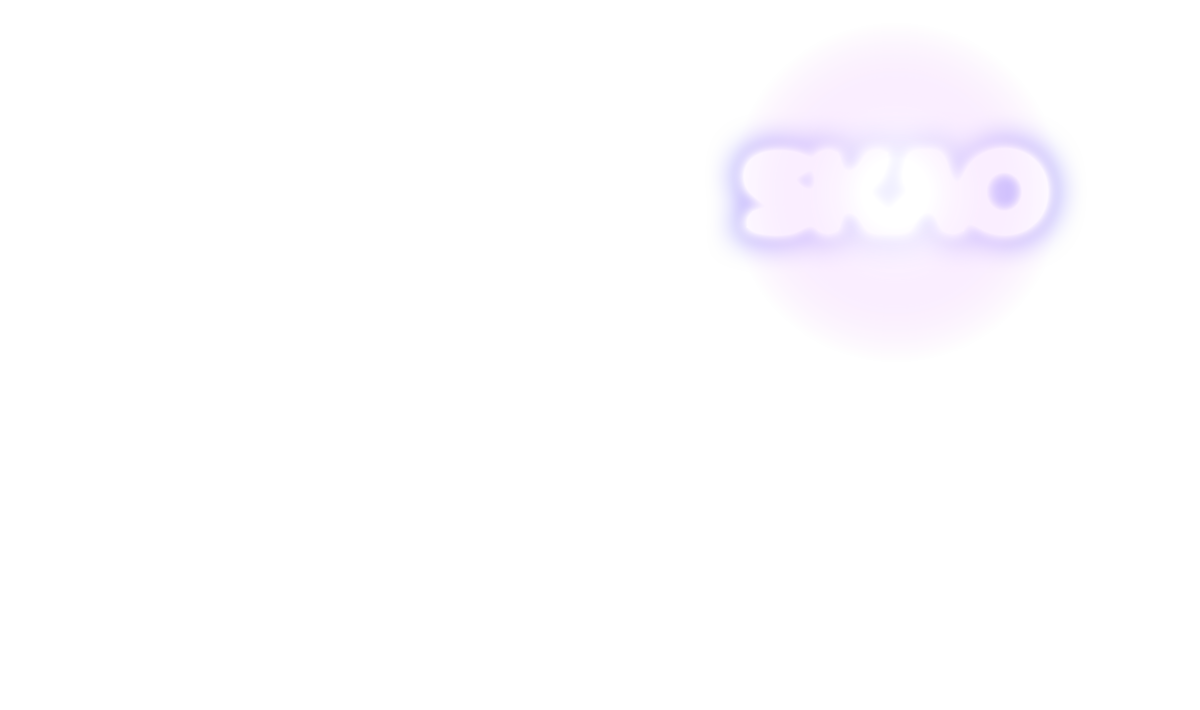New observations confirm unintended emissions from satellite constellations

For a study published in the Astronomy & Astrophysics journal, an international team led by SKAO's Spectrum Manager Federico di Vruno used the Low Frequency Array (LOFAR) telescope centred in the Netherlands to observe 68 Starlink satellites made by SpaceX. The authors conclude that they detected “unintended electromagnetic radiation” emanating from the satellites' onboard electronics between 110 and 188 MHz, including in a protected band specifically allocated to radio astronomy by the International Telecommunications Union (ITU).
This is different from satellites' communications transmissions, which had been the primary focus for radio astronomers so far. With increasing numbers of satellites in low Earth orbit, any radio telescope will have many satellites radiating signals in its view at any given time. The expectation had been that the primary source of concern from satellite constellations would be their planned communications transmissions to and from Earth.
Di Vruno and his co-authors initially focused on SpaceX satellites because SpaceX had the largest number of satellites — more than 2000 — in orbit at the time of the observations. They are in close contact with the company, which has offered to continue to discuss possible ways to mitigate any adverse effects on astronomy in good faith. As part of its design iteration, SpaceX has already introduced changes to its next generation of satellites which could mitigate the impact of these unintended emissions on important astronomical projects.
SpaceX’s approach to collaborating with astronomers is setting an example, but because the authors expect to detect similar unintended emissions from other low-Earth-orbiting satellites, the participation from other satellite operators is also critical. Astronomers are hoping to intensify collaboration and engagement with the space industry and regulators to prevent the consequences of this unintended effect on astronomical observations, in particular though the IAU Centre for the Protection of the Dark and Quiet Sky from Satellite Constellation Interference (IAU CPS), which di Vruno is the co-director of and the team is closely involved in.
The discovery of additional non-communication sources is novel and merits further investigation. More observations including other satellite systems are already underway, as this unintended radiation could impact astronomical research. SpaceX and other satellite operators are nevertheless not violating any rules, as for satellites this kind of radiation is not covered by any international regulation. In contrast, terrestrial equipment is regulated by strict rules to ensure that one device does not interfere with another one nearby. The authors therefore encourage satellite operators and regulators to consider this impact on radio astronomy in spacecraft development and regulatory processes alike.
The full press release from the IAU CPS is available here.
[1] SKA Observatory, European Science Foundation, Max Planck Institute for Radio Astronomy, Netherlands Institute for Radio Astronomy (ASTRON), Rhodes University, and the Jodrell Bank Centre for Astrophysics





